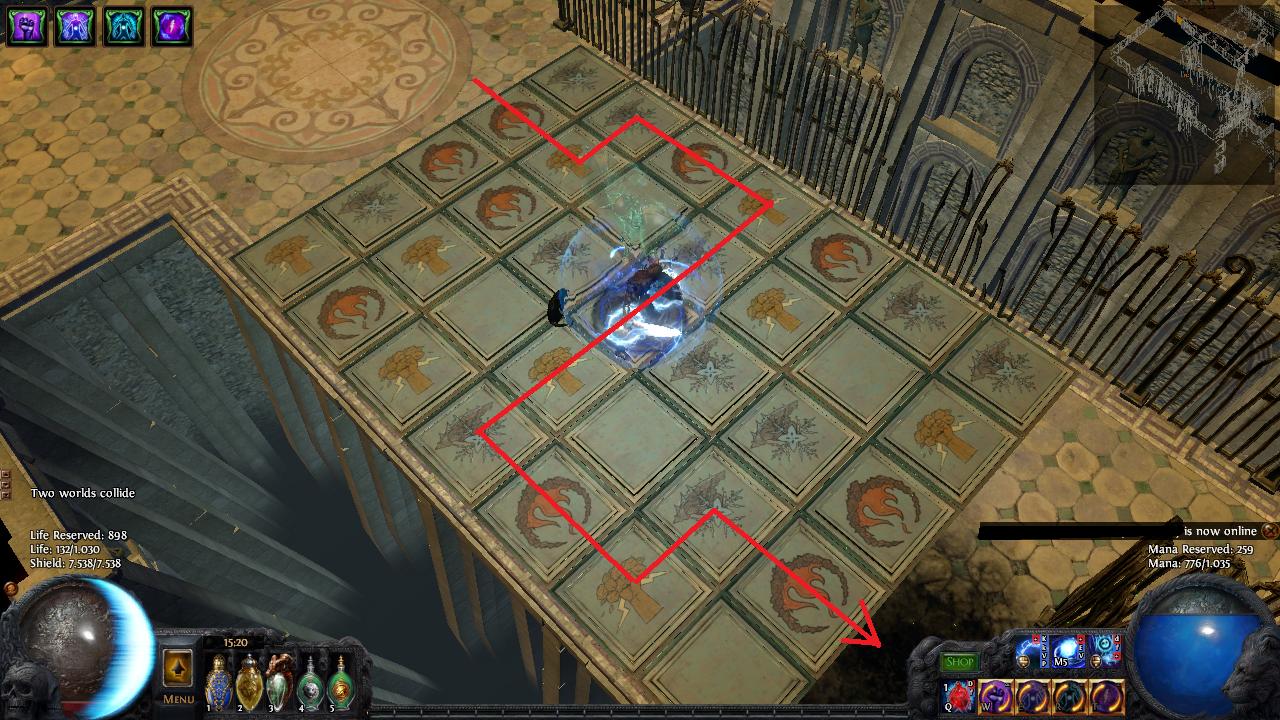

In 1998, Marlow Anderson and Todd Feil used linear algebra to prove that not all configurations are solvable and also to prove that there are exactly four winning scenarios, not including redundant moves, for any solvable 5×5 problem. Secondly, in a minimal solution, each light needs to be pressed no more than once, because pressing a light twice is equivalent to not pressing it at all. Firstly, the order in which the lights are pressed does not matter, as the result will be the same. Several conclusions are used for the game's strategy. If a light is off, it must be toggled an even number of times (including none at all) for it to remain off. If a light is on, it must be toggled an odd number of times to be turned off. The goal of the puzzle is to switch all the lights off, preferably in as few button presses as possible. Pressing any of the lights will toggle it and the four adjacent lights. When the game starts, a random number or a stored pattern of these lights is switched on. The game consists of a 5 by 5 grid of lights. Lights to toggle to turn off a fully-lit 5×5 board
LIGHTS OUT PUZZLE PROCESSING FREE
Tiger Toys also produced a cartridge version of Lights Out for its Game com handheld game console in 1997, shipped free with the console.Ī number of new puzzles similar to Lights Out have been released, such as Lights Out 2000 (5×5 with multiple colors), Lights Out Cube (six 3×3 faces with effects across edges), and Lights Out Deluxe (6×6). Another similar game was produced by Vulcan Electronics in 1983 under the name XL-25. Merlin, a similar electronic game, was released by Parker Brothers in the 1970s with similar rules on a 3 by 3 grid. The goal of the puzzle is to switch all the lights off, preferably with as few button presses as possible. Pressing any of the lights will toggle it and the adjacent lights. Lights Out is an electronic game released by Tiger Electronics in 1995. Selecting a square changes it and the surrounding squares.


 0 kommentar(er)
0 kommentar(er)
